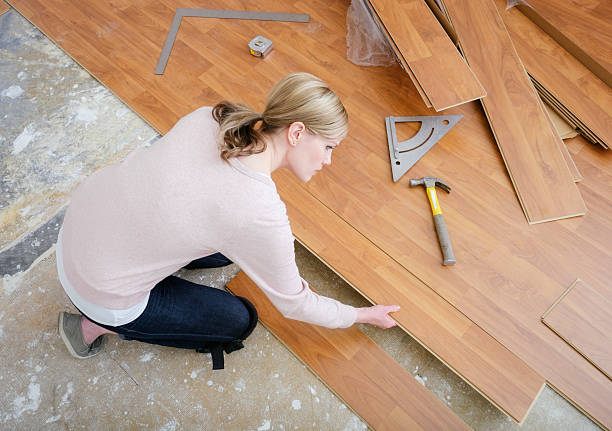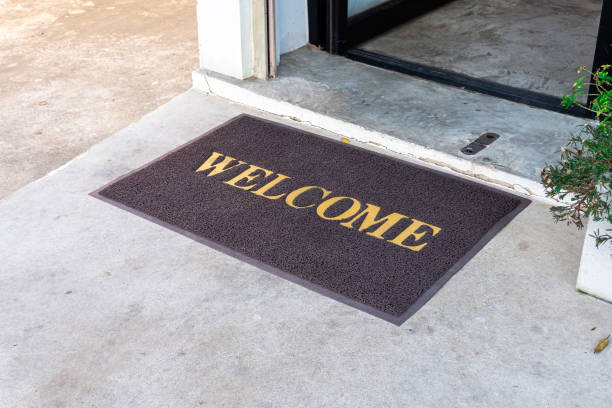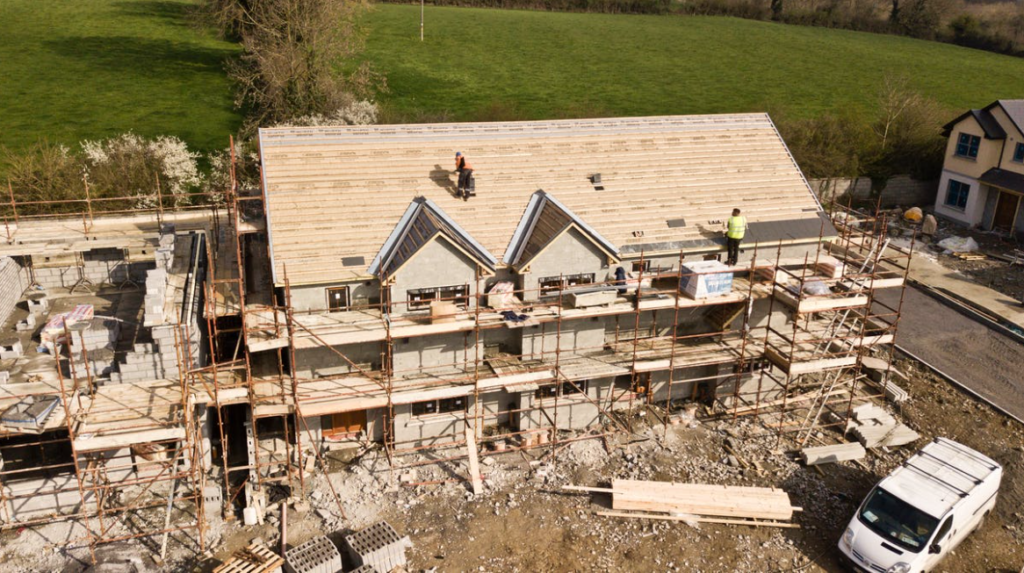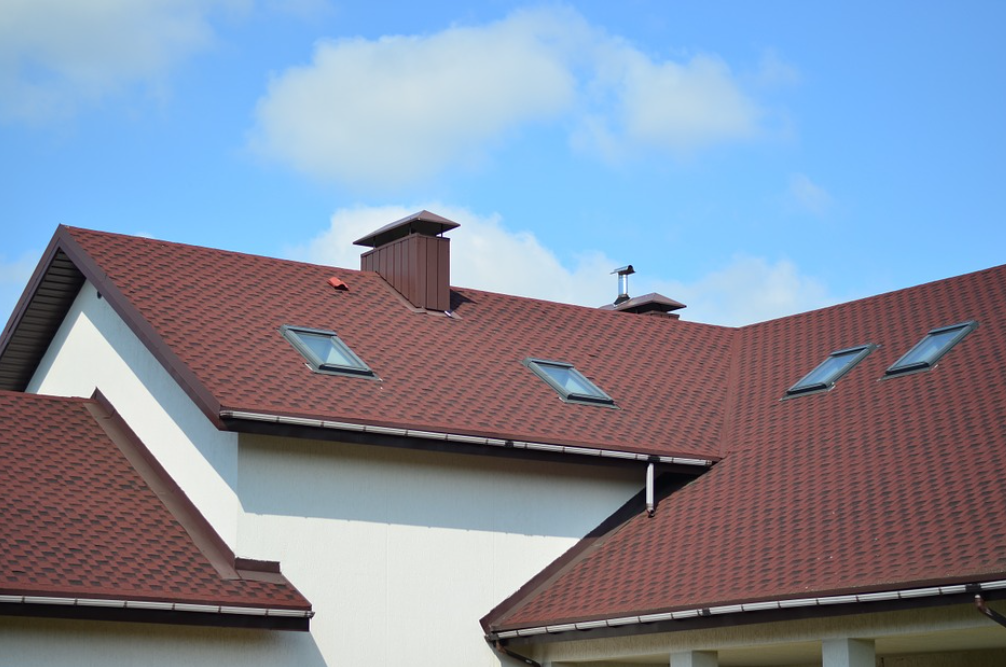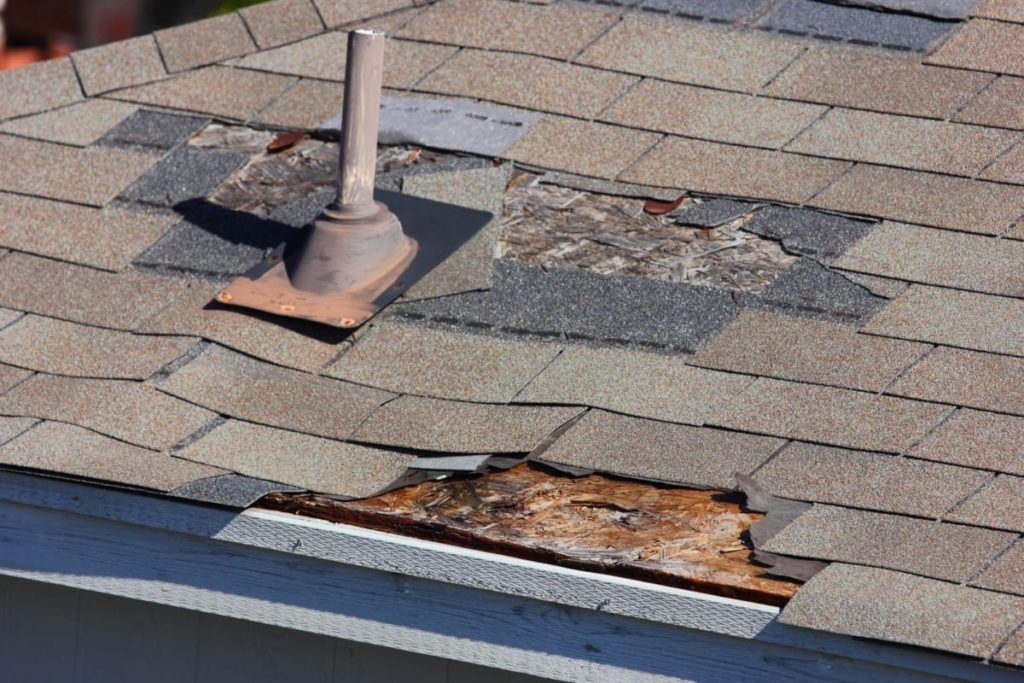Pros and Cons of Using Metal For Your Roof
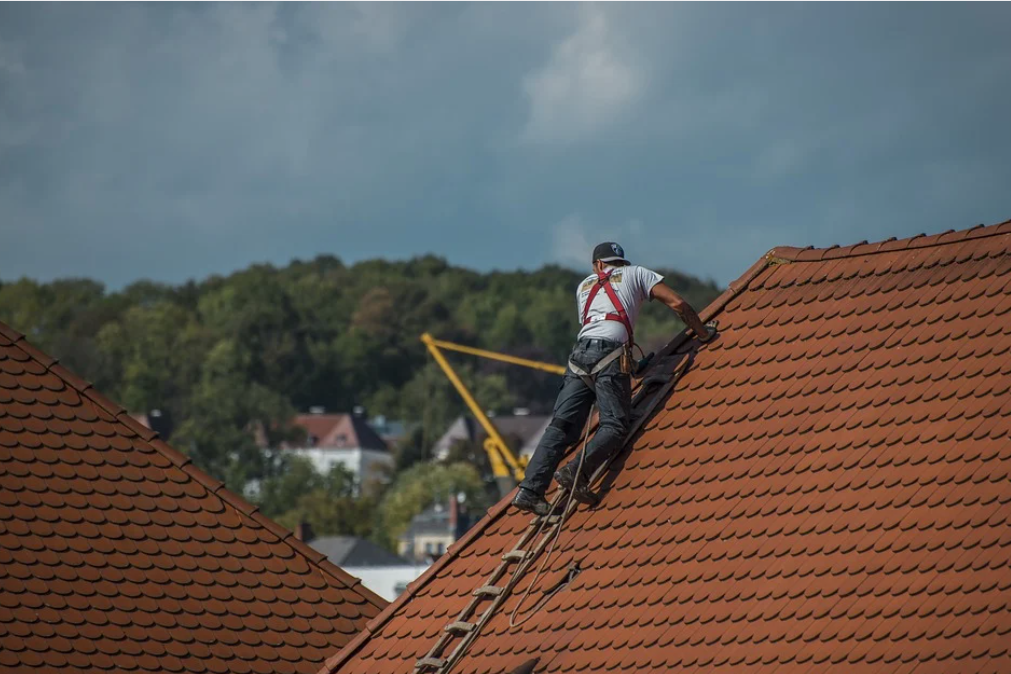
There are a few pros and cons to consider when replacing your asphalt roof with a metal roof. Thanks to the guys at AZ Prestige Roofing, our favorite Scottsdale house painters for these tips.
Pros of Using Metal Roof For Your Home:
- Life span. Metal rooftops can last 40-70 years, contingent upon the material. Customary black-top roofing materials have an expected future of around 12-20 years.
- Solidness. Whenever introduced accurately, a few metal rooftops can support wrap blasts up to 140 miles each hour, won’t consume or break and might be sway safe (contingent upon which item you pick). What’s more, metal rooftops needn’t bother with the occasional expensive upkeep that other roofing materials frequently require. Be that as it may, they ought to be reviewed intermittently to ensure no fixes are required.
- Security. Metal rooftops won’t start and touch off into flares during an out of control fire or lightning strike.
- Energy proficiency. Metal rooftops mirror the suns UV and infrared light beams that add to rooftop surface brilliant hotness, which can bring about a 10-25% decrease in cooling costs.
- Harmless to the ecosystem. Metal rooftops not just have 25-95% reused content, contingent upon the material utilized, but at the same time are 100 percent recyclable toward the finish of their life as a rooftop. Interestingly, most shingle remove squander winds up as a component of the structure related waste stream – as much as 20 billion pounds each year.
Cons of Using Metal Roofing:
- Moderateness. Metal rooftops can be however much a few times more costly than other roofing materials. While the existence of a metal rooftop is significantly longer, putting resources into a metal rooftop possibly appears to be legit on the off chance that you intend to remain in your home to the point of partaking in the money saving advantages.
- Commotion. Metal rooftops might be louder during a weighty downpour or hailstorm than different items relying upon the sort of decking utilized during establishment (dispersed or strong). Adding more upper room protection can some of the time take care of this issue, however that might expand costs.
- Extension, constriction and clasp. Metal roofing material gatherings that are connected as enormous boards are intended to grow and contract as they warm and cool. Be that as it may, both uncovered and covered clasp have differing life expectancies. Contingent upon the environment, neoprene washers and the screws utilized during establishment might corrupt and become removed after some time.
- Irregularity of shading match. On the off chance that a maintenance is required or a home augmentation is added years after the fact, it very well might be hard to track down a definite match to the current metal.
- Execution. Assuming water aggregates anyplace on the rooftop in view of low quality establishment or fix, it can ultimately cause genuine harm. Second rate metals may likewise be more slender measure and less sturdy. A few metals rust in specific environments or imprint more effectively than others during hailstorms or establishment.
